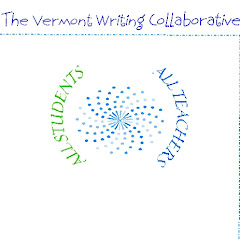Central Ideas
Content: Science: Water Cycle
Reading: Discover & analyze text features - captions, pictures, bold print, headings - from a variety of texts
Writing: Evidence can be drawn from a text to support a thesis
Focusing Question
What makes water vapor change?
Focus (answer to focusing question)
Water vapor changes with warming and cooling.
TEST DRIVE
Water Cycle
Water vapor is all around us but cannot be seen. Water vapor changes with warming and cooling.
Water vapor changes when it warms. Water vapor comes from lakes and ponds, rivers and streams, oceans, and plants. When it warms, it rises up into the atmosphere. This is called evaporation.
When water vapor cools it's called condensation. If it is a little cool, water vapor would fall as rain. If it is much colder, water vapor would fall as snow, sleet, or freezing rain. This is called precipitation.
Warming and cooling water vapor changes it. I really like seeing the changes with the seasons.

Hi Terry,
ReplyDeleteI liked how you focused on how water vapor changes. The water cycle is a great unit to use informational texts. It is also fun to do a science demonstration to show how water vapor changes. Are you going to do this writing lesson as a whole group or individually?
Posted by Joey, for Nicki Connolly
ReplyDeleteTerry I would like to use this if I’m ever in 3rd grade. It’s hard to
understand something you can’t see yet this writing assignment of having
to prove it’s there because we can see it when it changes should help.
Sometimes kids (or some kids) are fine accepting something without really
understanding, but if they can make a connection to it in their world
they’ll have a deeper understanding.